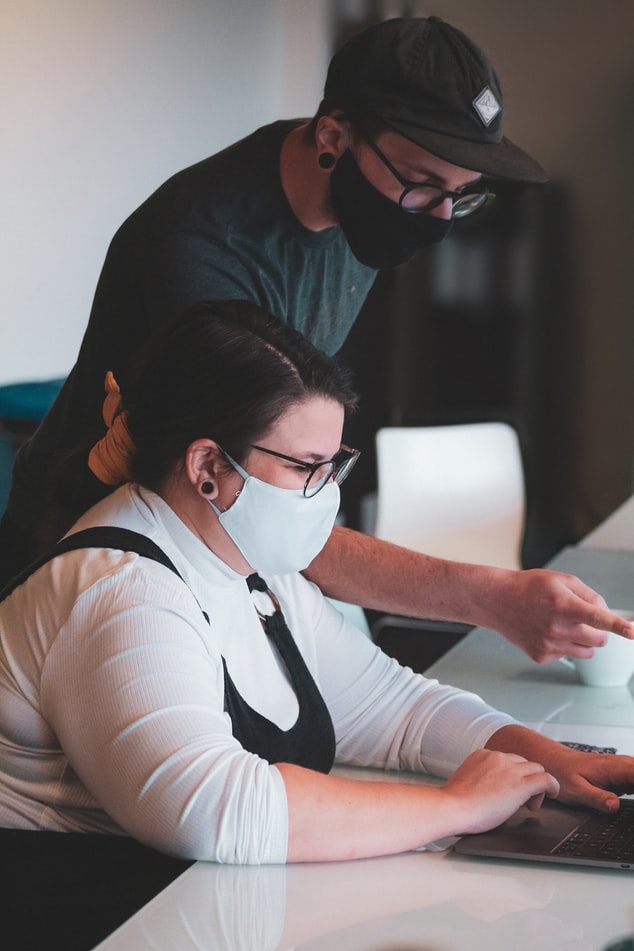After easing lockdown restrictions, businesses must be prepared to adhere to the set covid-19 guidelines for a smooth reopening of the country’s economy. Employees feel apprehensive returning to work after having to work from home for over a year now. To help employees transition effectively from working at home to getting used to the office, we have come up with seven tips that will make it easier for our employees at Capital Space.
1. Be Accommodative
It is natural for employees to get nervous and feel scared to return to the office space after a long period. Research conducted by Bupa Health Clinic indicated that more than 65% of employees are anxious about returning to work. Our managers urge employees to channel any concerns and complaints via the right channel to be addressed effectively. Opening all communication channels will make it much easier for both parties to engage and develop solutions, creating a comfortable back-to-work plan.
2. Clarity
The organization should make it known to its employees of all new measures and changes that have been put in place at the workplace. By making it as straightforward as possible, you will lower employees’ stress levels drastically. You should ensure transparency to ensure all that should be in the office are briefed and their roles are clearly outlined at the place of work.
3. Invest In The Well Being of The Employees
UK employees have been severely affected mentally and physically by the coronavirus pandemic. As per research conducted by the National Statistics, more than 69%of UK adults are worried and devastated by the effects of coronavirus on their daily lives and well-being. Organizations are requested to invest in the well-being of their staff by either offering helplines to address anxiety issues, offering counseling support, and making calls to check how employees are fairing along.
By offering support, employees will feel valued, and the return to work policy will be a smooth transition.
4. Office Preparation
Health and safety measures should be implemented at the office as per the health guidelines to keep employees safe. Employees are concerned about the level of cleanliness maintained at the workplace and do not distance themselves at the workplace socially. Ventilation at the workplace and also the flow of people was a concern to many employees. It was proposed that regular cleaning and disinfecting facilities and hand sanitizing at the office will ease the worries.
5. Blended Working
After extensive scrutiny, many organizations have acknowledged the numerous advantages of working at home. In the coming years, it is evident that companies will have to combine working from home and at the office. When employees are given the freedom to choose between working from home and coming to the office, they feel respected and highly valued. It will also make it easy for employees to get used to the workplace after a year of not being in the office.
6. Have a rota
During the pandemic, many organizations developed work-from-home policies to govern the process. Employees who still feel it is necessary to work from home will have to seek permission from their managers with valid reasons. Using a time management tool will ensure the business activities are met per the required timelines and everything remains in order. See here a blog discussing the return to the office after Covid-19.
7. Readjusting to office life
Many people highly and appreciated the working from home way of life. A study showed that more than 80%of employees were in support of the idea of working at home. It will be difficult and hectic for most of the employees to adjust to the office way of life after spending more than one year at home. Working at the office entails less job flexibility, less family time, and long commuting hours and costs. Managers and supervisors must be ready to engage their employees, listen to their concerns and address them as need be.

